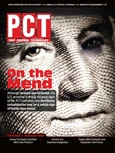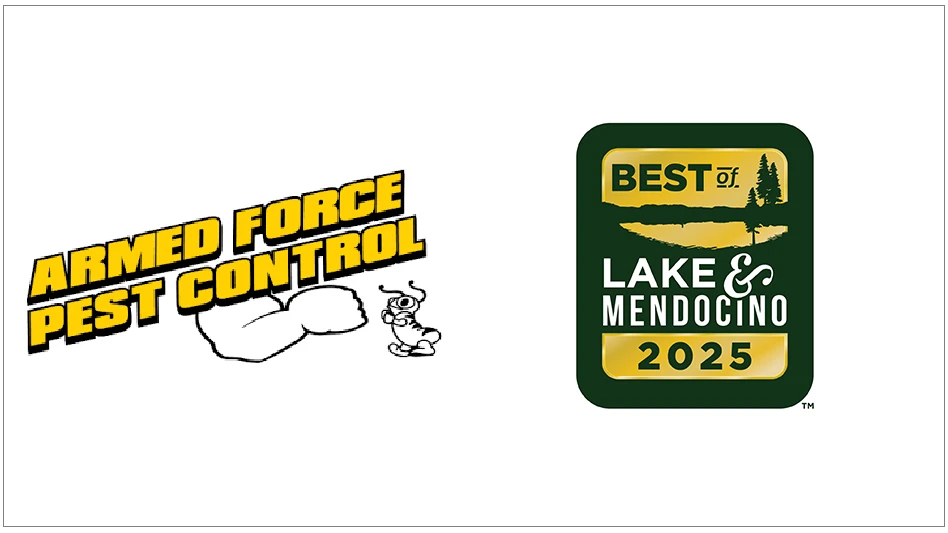As a business owner, company manager, salesperson or service technician, it is imperative to understand how you match up to other firms in the pest management industry. Are your vehicle expenses in line with those of similar size companies? Is revenue per full-time employee on par with others in your area? Do employee wages match what the competition is spending?
In an attempt to identify numbers and trends, the National Pest Management Association’s Business Development Committee set out to explore operating ratios in our industry. The goal was to provide results and analysis to firms interested in evaluating how their numbers compare with other pest management firms. Their efforts culminated in the production of the 2010 Operating Ratio Survey, which was released in April.
Members of the Business Development Committee were tasked with crafting the survey and evaluating the results. They set forth to identify all expense categories that could be incurred by a firm. "Our first mission was to create a universal chart of accounts in an effort to pinpoint just about every expense line item imaginable. Although many firms in our industry provide a different array of services, I believe the chart of accounts we included in the 2010 ORS is a great tool for companies of all sizes," said committee member Ken Stieren, Orkin Pest Control. "Once we were able to come up with the line items and categories, it made it much easier to put together a survey that would reflect how firms in the industry were allocating expenses."
The next objective was to take the data collected from survey participants and perform a series of analysis that would benefit companies of all sizes. "It was interesting to see that many small members took the time to respond. From the number of companies with revenue less than $1 million it’s obvious that these members have identified the importance of this information," said Joanne Tank, Buffalo Exterminating. "It bodes well for the future of these businesses to know that they were willing to invest the time to prepare and submit their numbers. I know that they will reap the benefits of the information we have prepared."
One such example is how companies grew over the 2008-09 fiscal year (see chart on page 52). The median growth per firm in each revenue category varied only slightly for those under $1 million, with the noted exception of the lowest revenue category of $150,000 and below.
To further explore how individual firms stacked up with overall numbers, the committee created a new tool that would allow for this comparison. Through the use of regional income statements and a programmable Excel spreadsheet offered to each ORS participant, companies could input revenues and expenses that would allow them to easily determine how their ratios measured with other respondents.
"As indicated in the Southeast income statement, you can see a great regional comparison of the average revenue, expenses and profit for the participating member companies," said committee member Ray Crim, Arrow Exterminators. "This is a great resource, and I would not only recommend looking at the dollar values, but spend time focusing on the percentages since the line item percentages are more meaningful regardless of your revenue size."
When viewing the responses for 2010 it allowed the committee to explore trends and recognize benchmarks to which future surveys can be compared. "When we analyzed the responses, one of the most notable items is the regional variation in employee benefits costs," said Ned Ewart, Bug Master Exterminating. "The North Central region has the lowest benefit cost at 6 percent. The Northeast spends more than twice that amount at 13.2 percent. This regional difference of more than 7 percent of gross revenue is huge and understanding it more fully should be one aim of future surveys."
"I’m extremely proud of the work that the NPMA Business Development Committee has accomplished in releasing this survey," said committee chair Karie Keown. "We have a great template to work from as we conduct future surveys. As the association membership begins to see the value of this tool, I expect participation will increase exponentially in future surveys. For those that did not participate this year, I strongly encourage you to get involved next time so that we can continue to gain a better understanding of our industry and what makes each of us successful."
The author is executive director of NPMA’s Quality Pro program. Learn more about NPMA at www.npmapestworld.org.

Explore the June 2010 Issue
Check out more from this issue and find your next story to read.
Latest from Pest Control Technology
- Abell Pest Control Holds Snap Trap Challenge
- Massey Services’ Davis Earns ACE Certification
- Upcoming Webinar: Distribution, Status, and Management of Native and Invasive Termites
- Knox Pest Control Announces Acquisition
- Veseris Expands in Canada with New Montreal ProCenter and Warehouse
- Clark's QA Manager on Opportunities Given to Sustain a Lifelong Career in Pest Control
- Rocket Pest Control Assists Communities Affected by Last Year's Robust Hurricane Season
- MSPCA Appoints Barton as 2025 State Policy Affairs Representative (SPAR)





